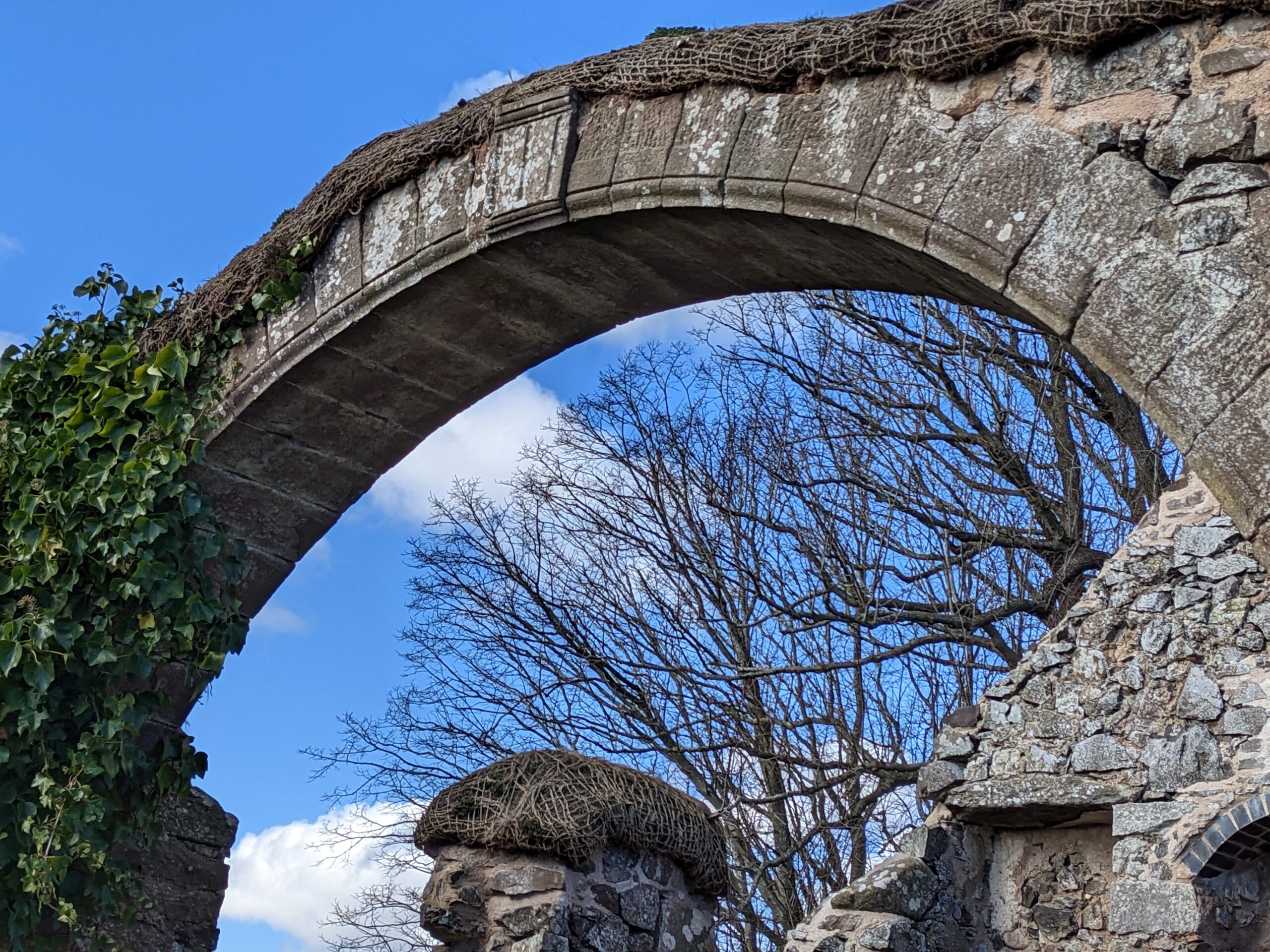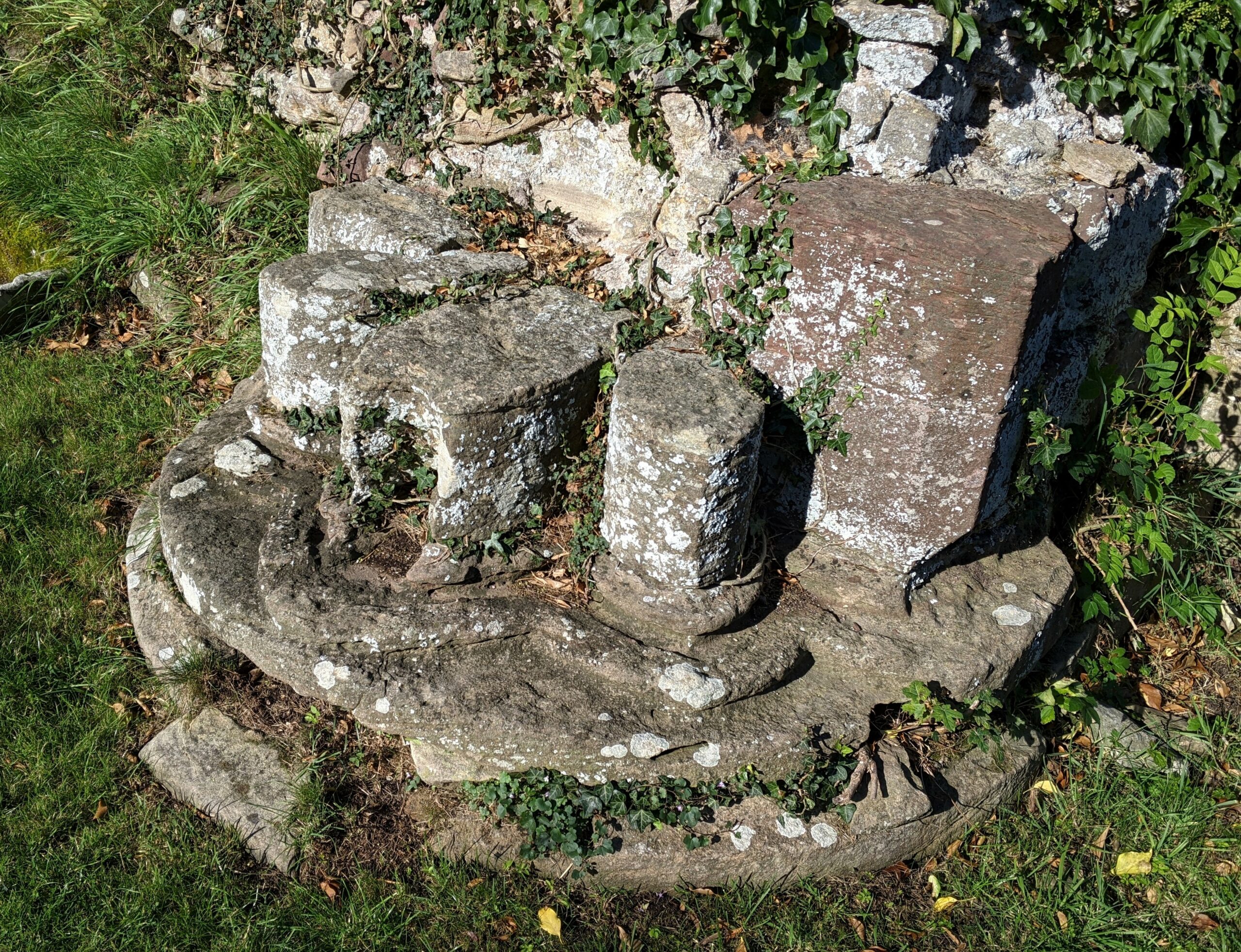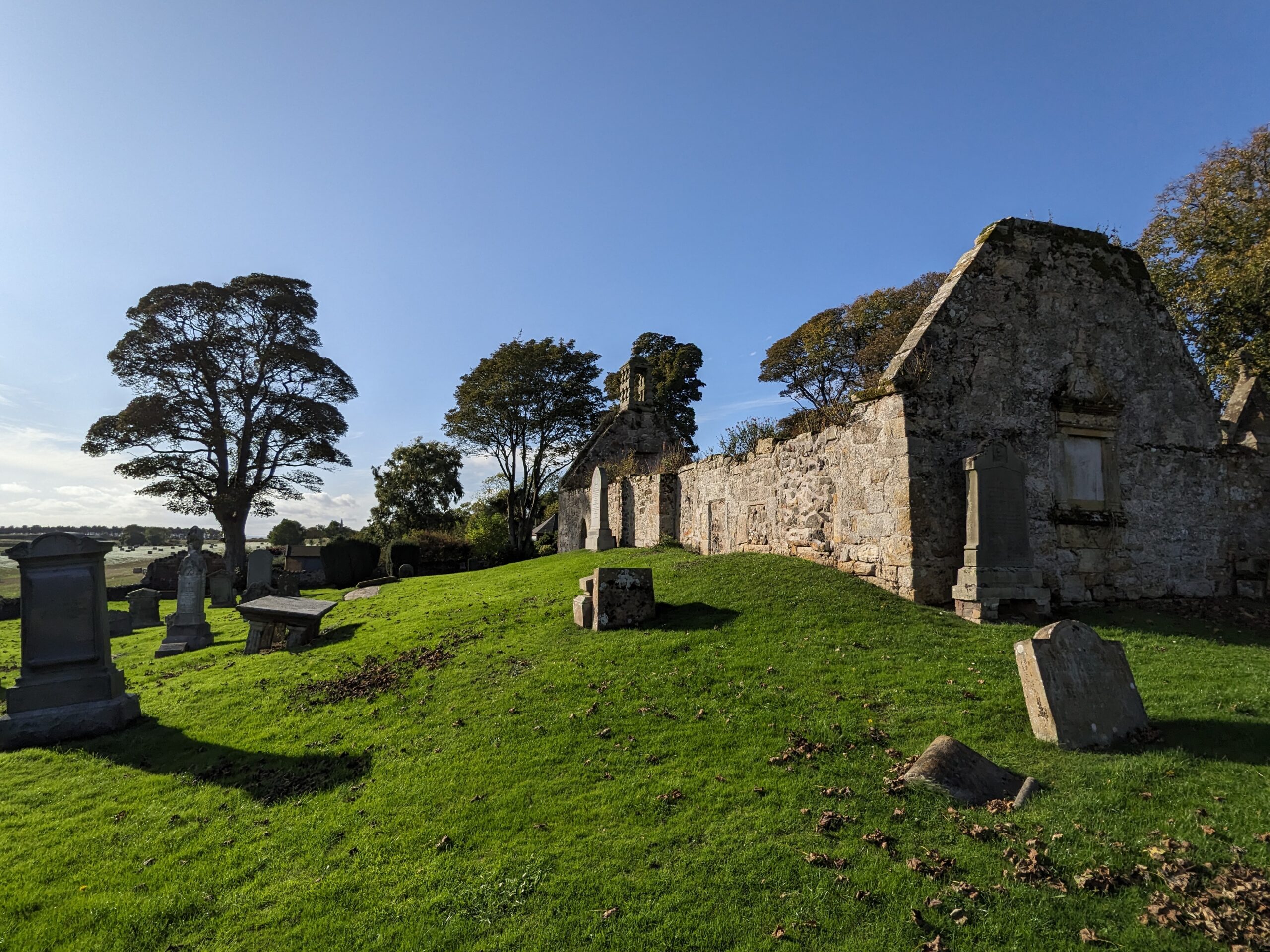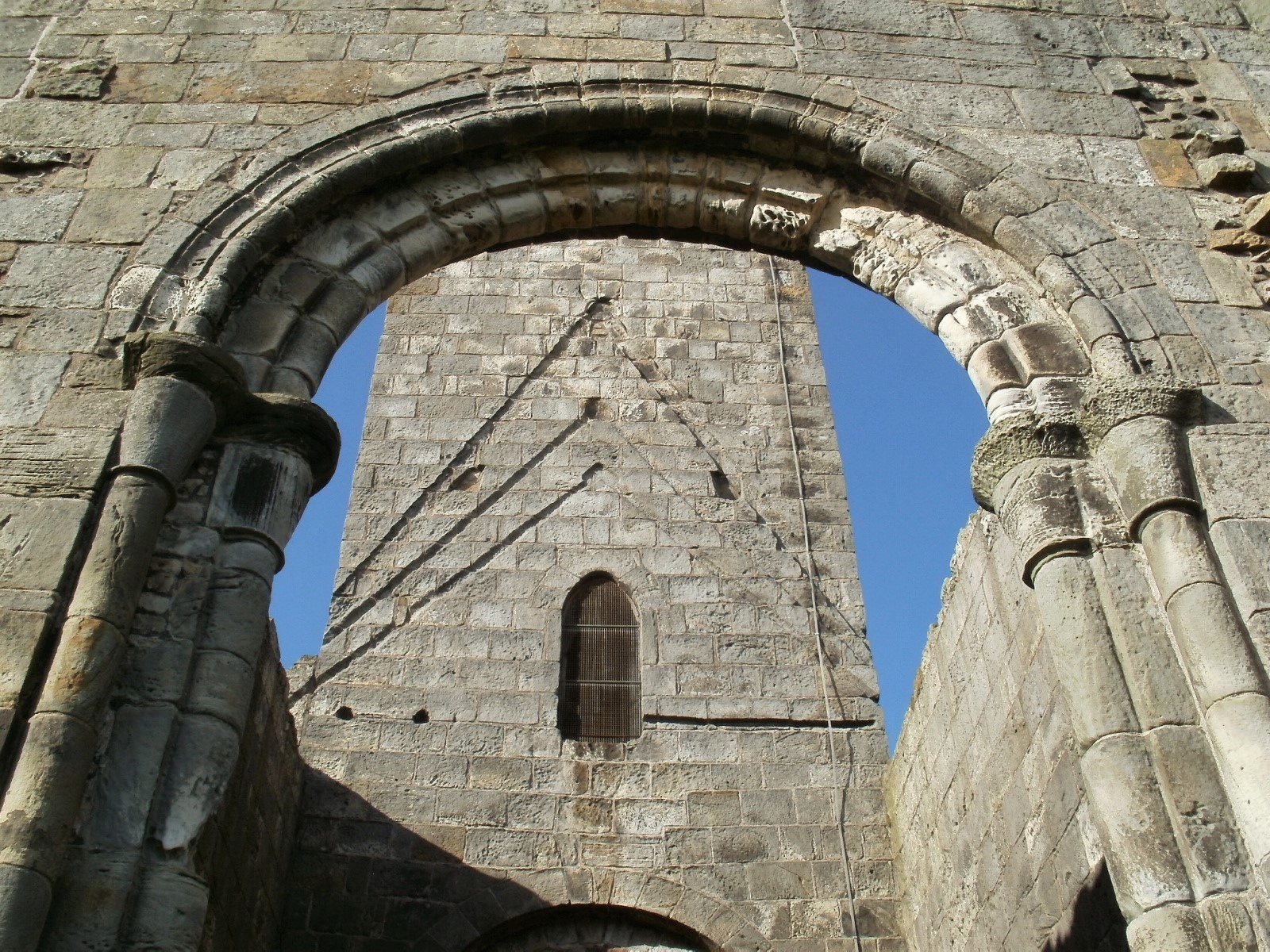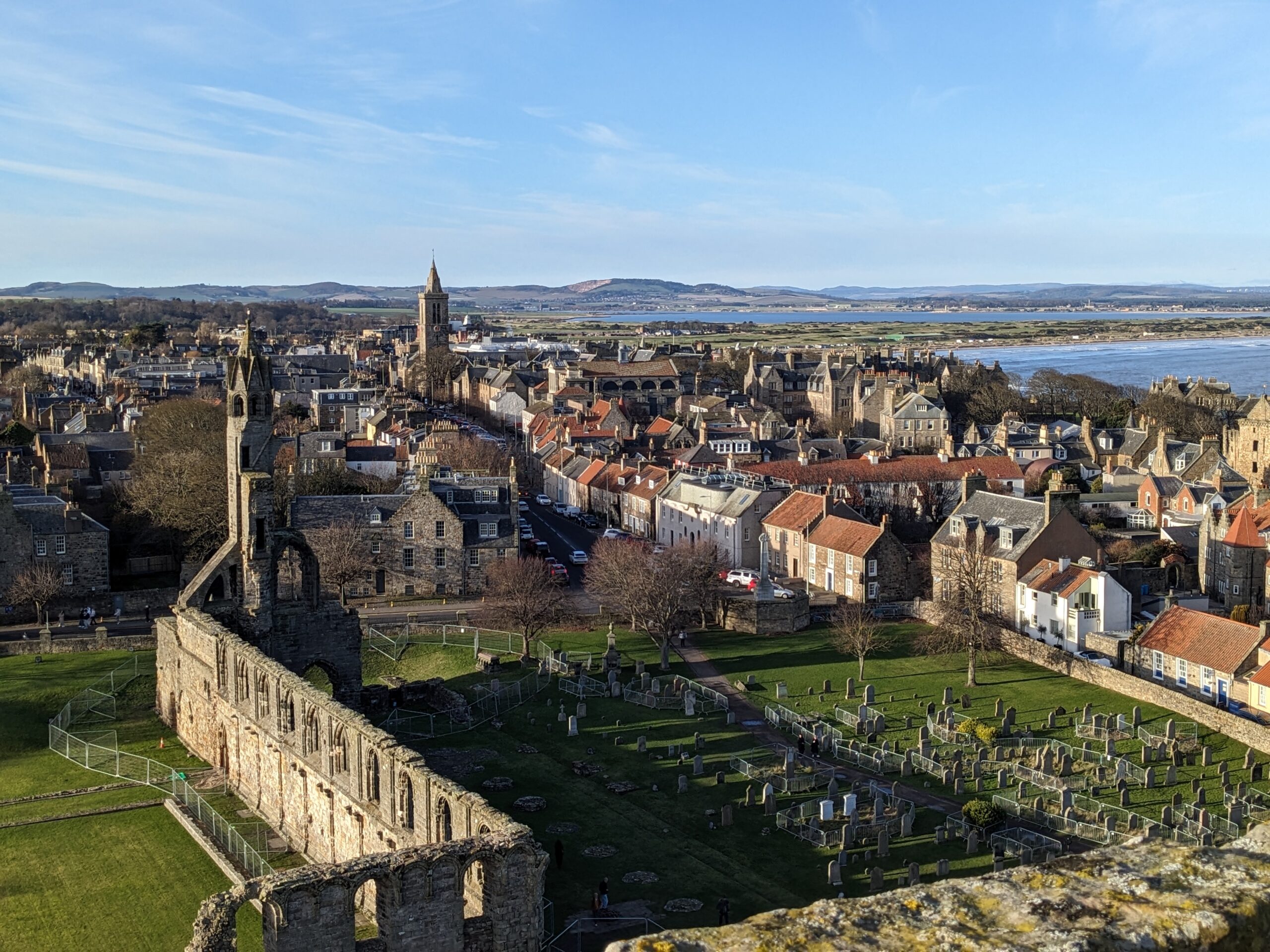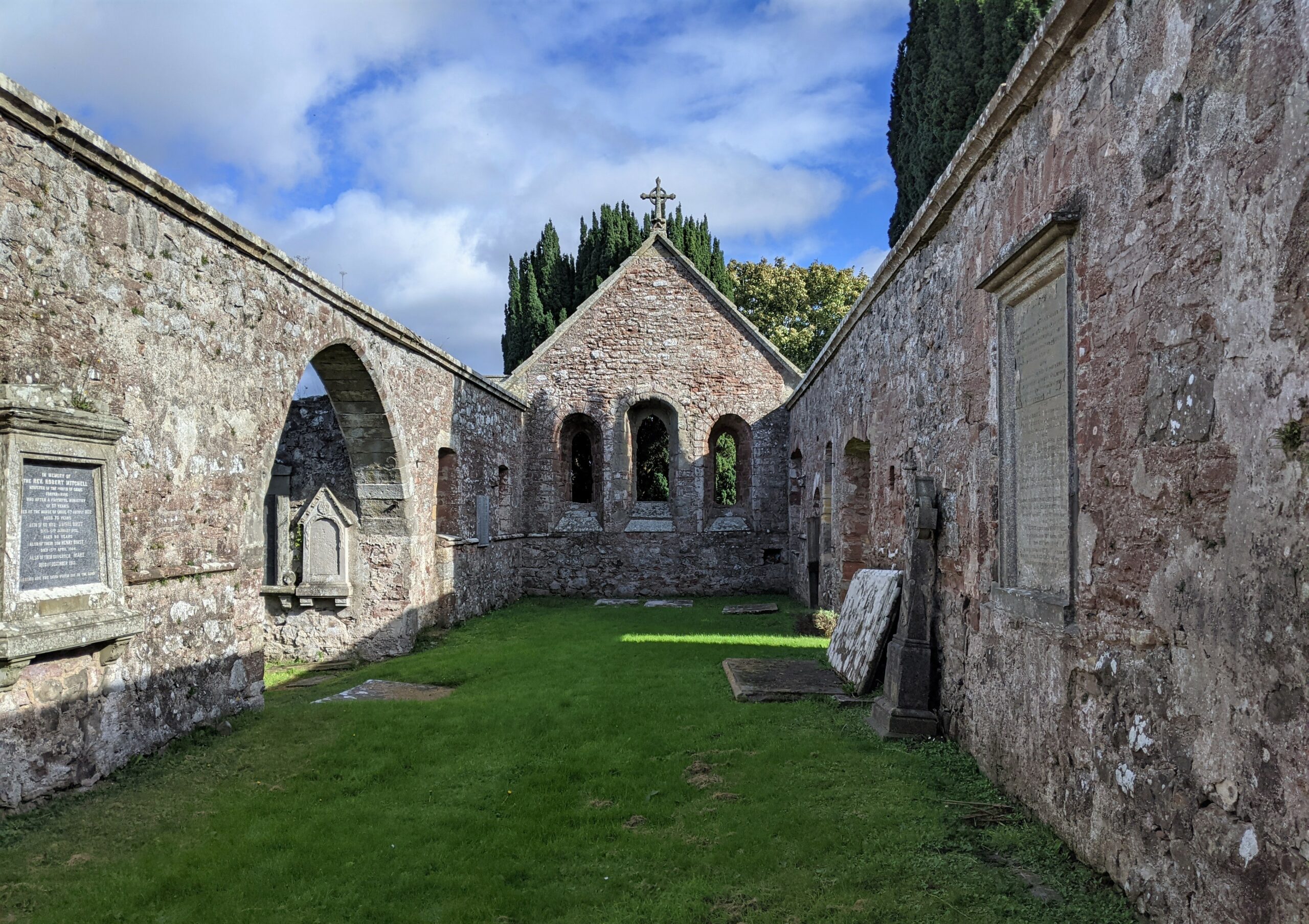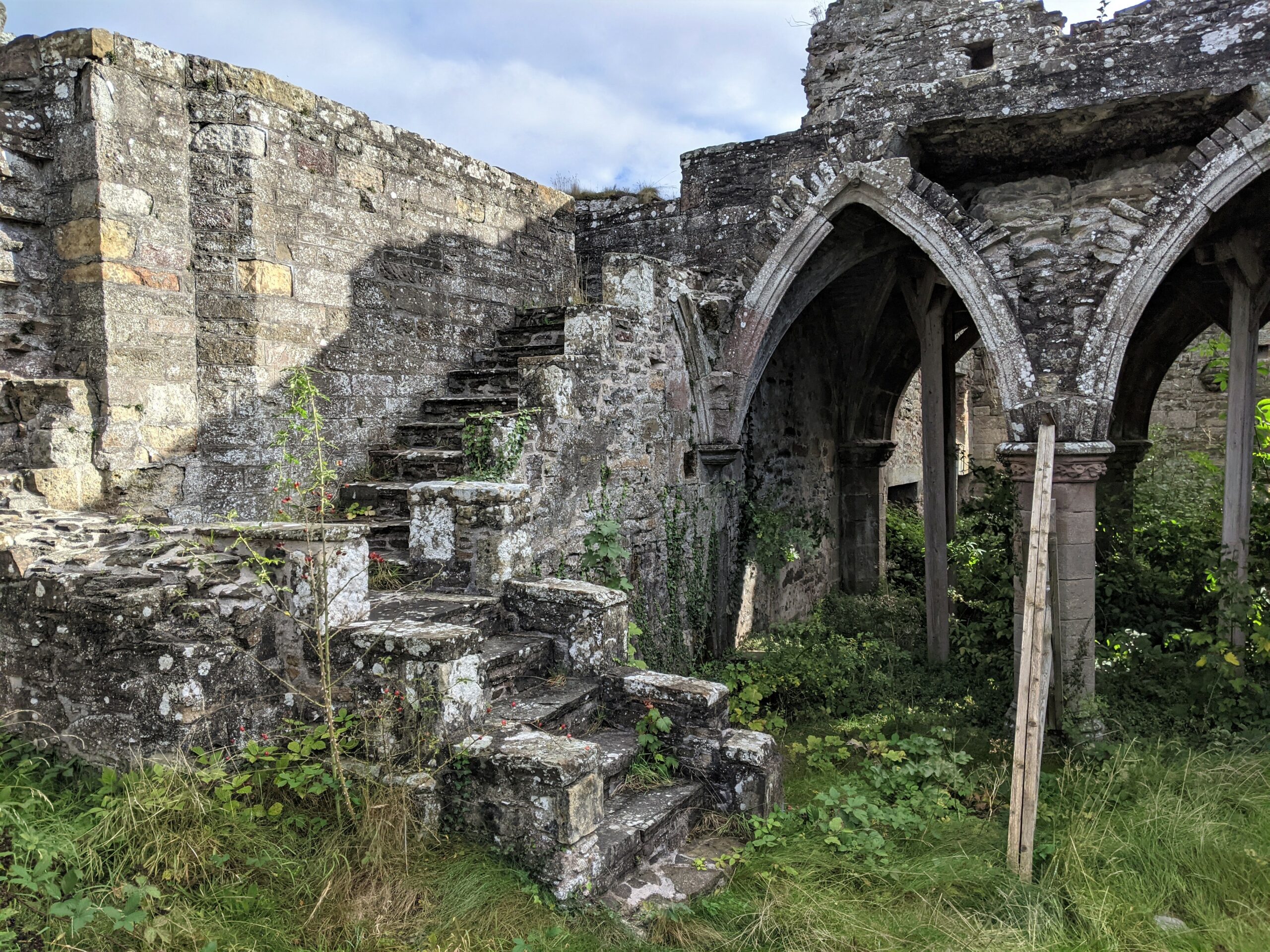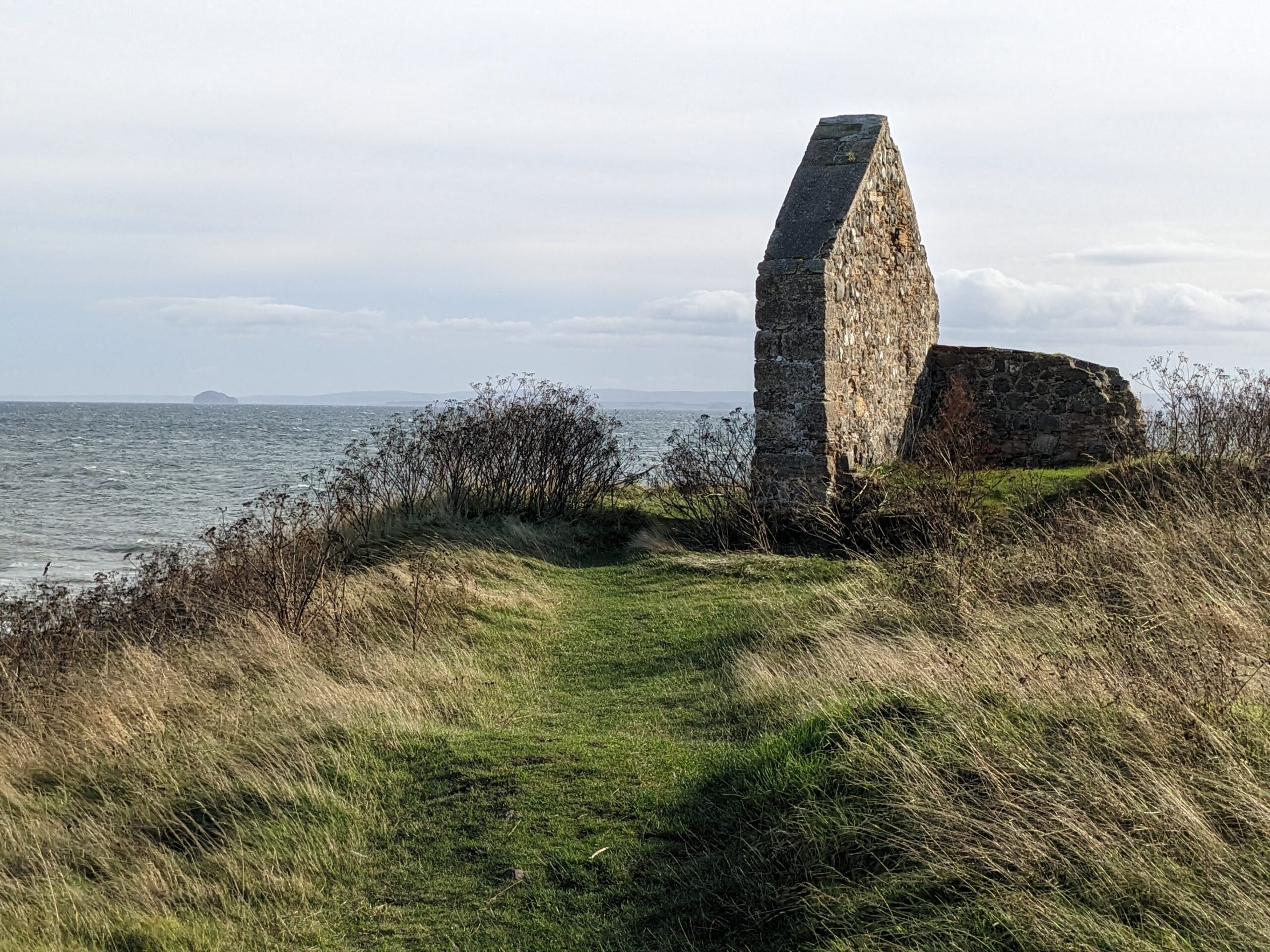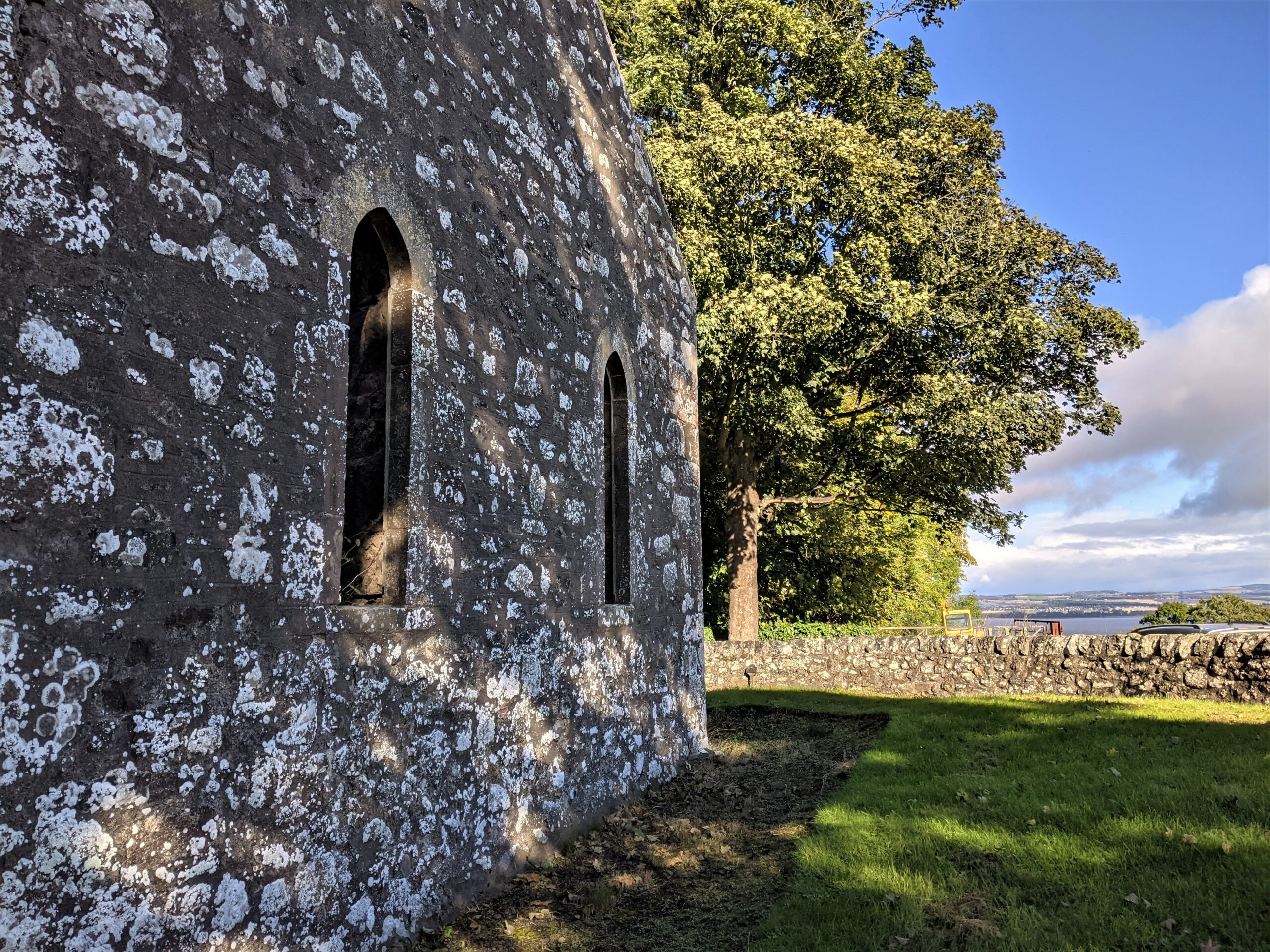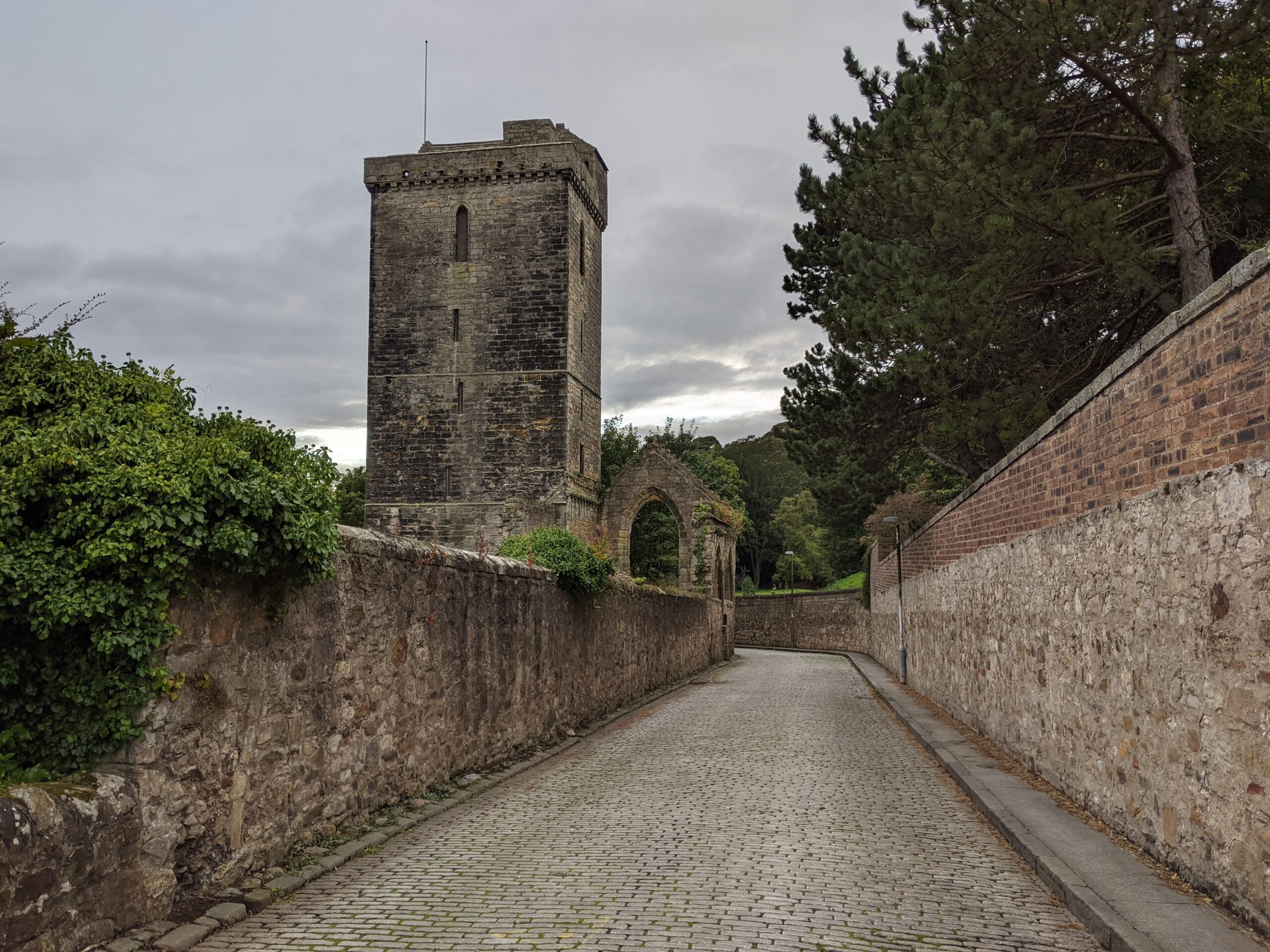Ruined Churches
Ruined Churches
Over the centuries many churches in Fife have closed. Sometimes former religious buildings were adapted to new uses. However, historically the commonest fate for redundant churches was either demolition or gradual ruination. Fife has a significant number of ruined medieval and early modern churches. Some of these older places of worship were abandoned at the Reformation. Others fell into ruin during the nineteenth and twentieth centuries.
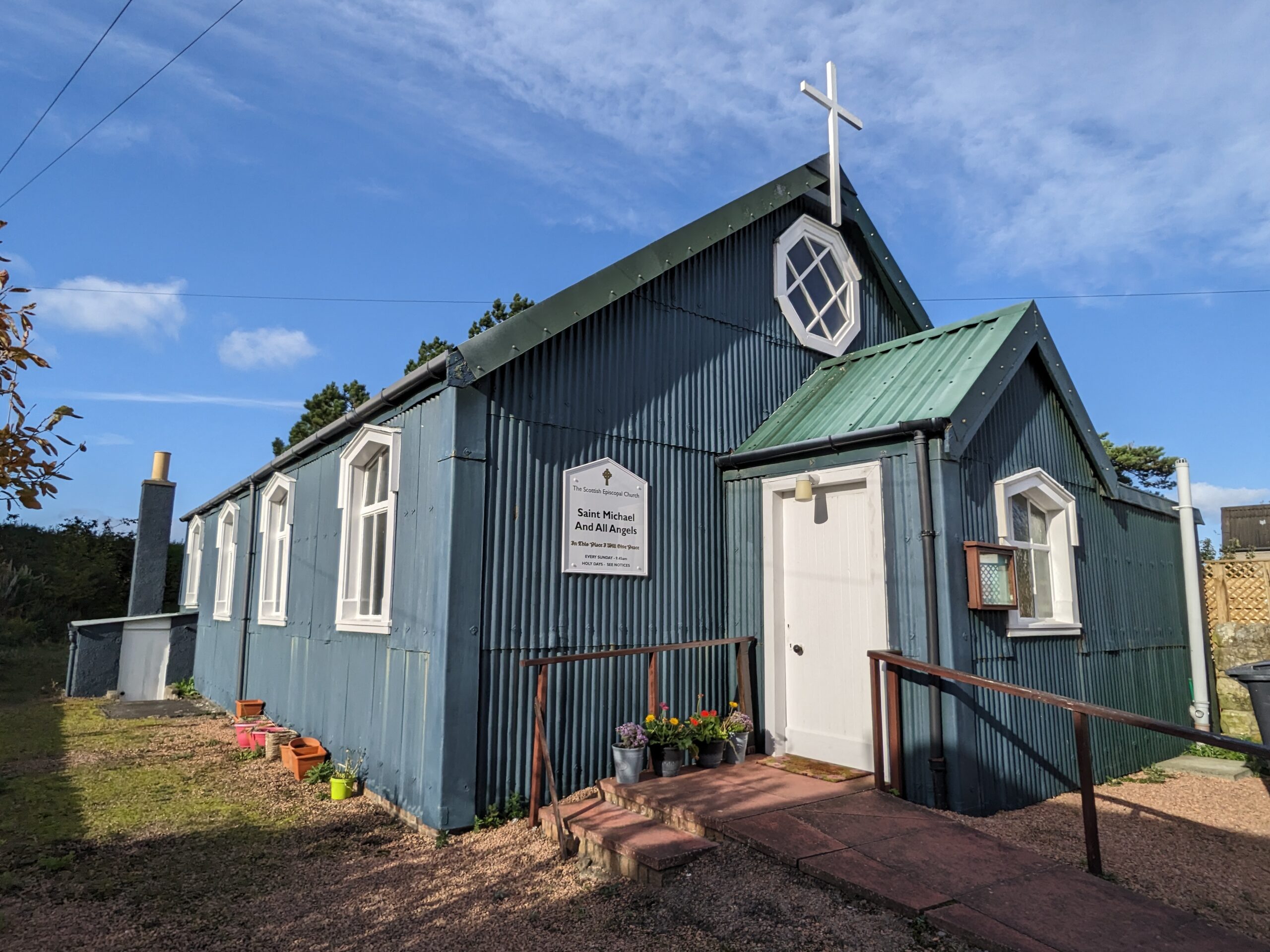
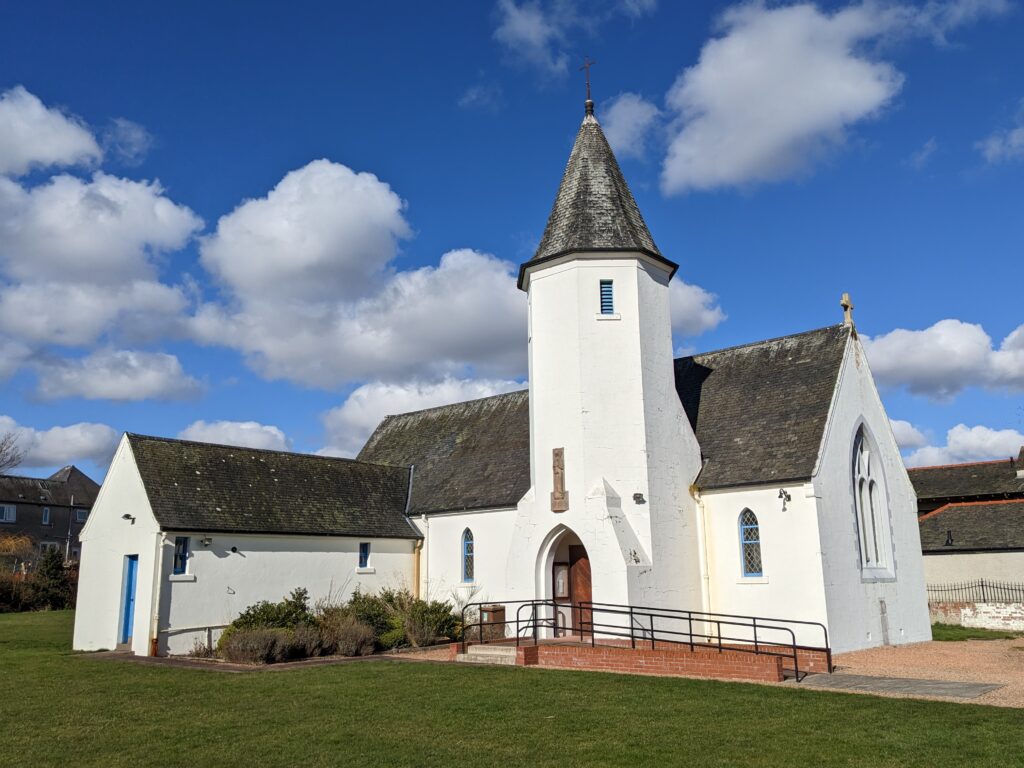
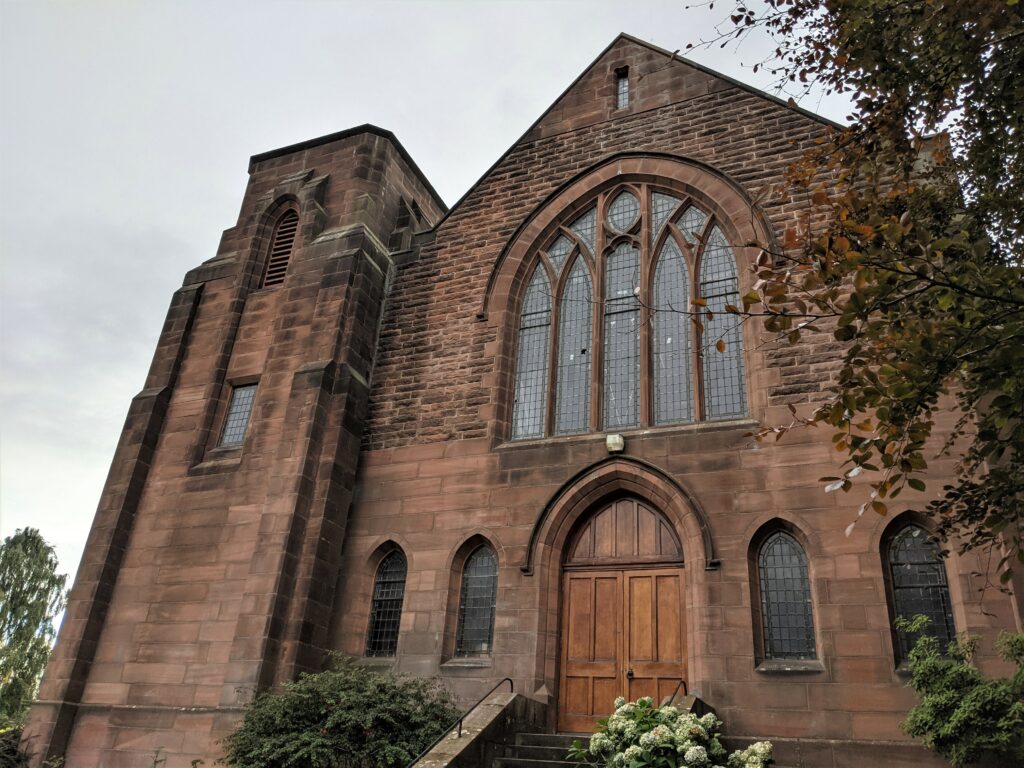
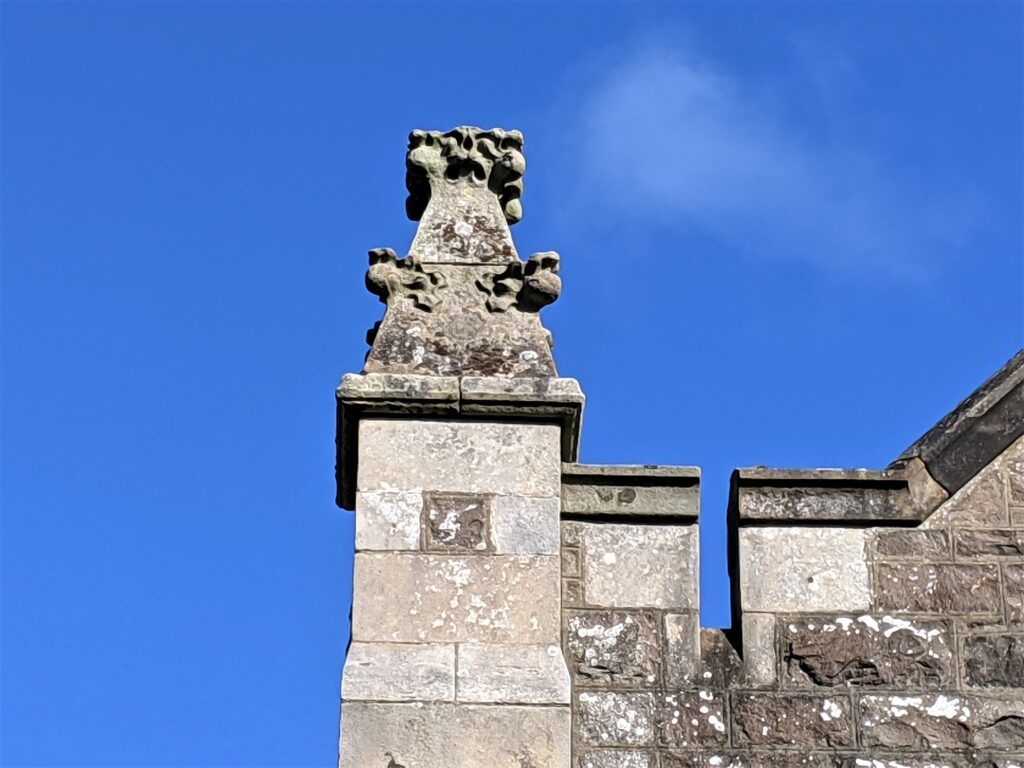
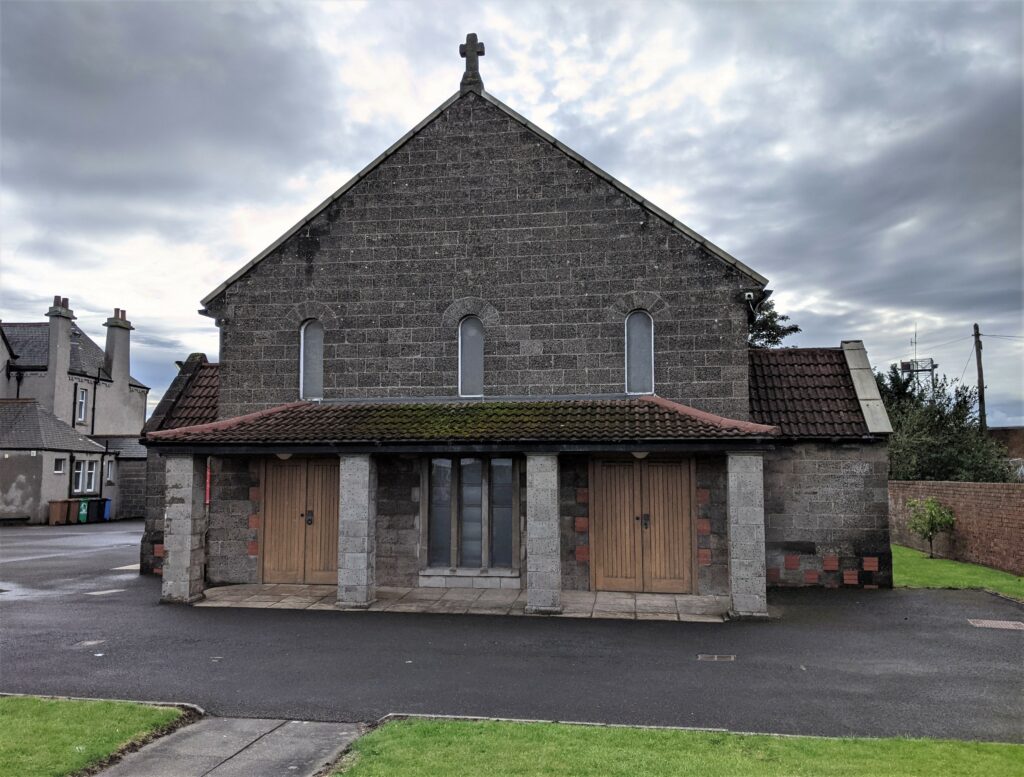
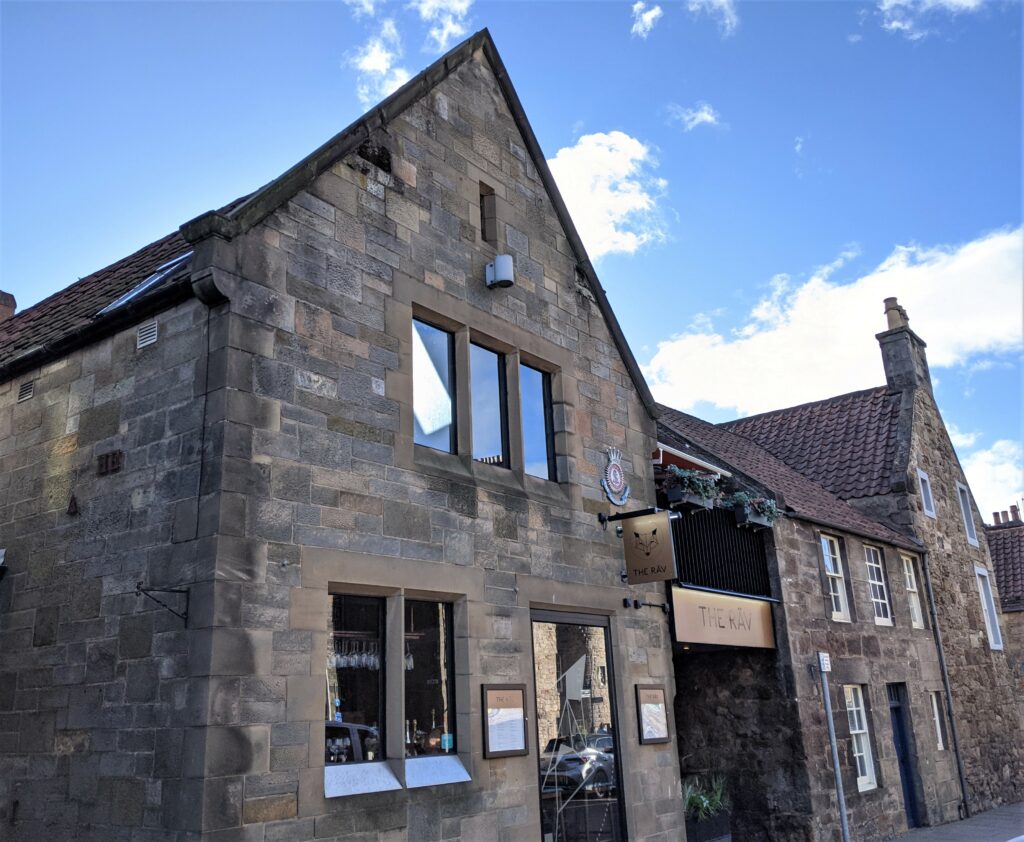
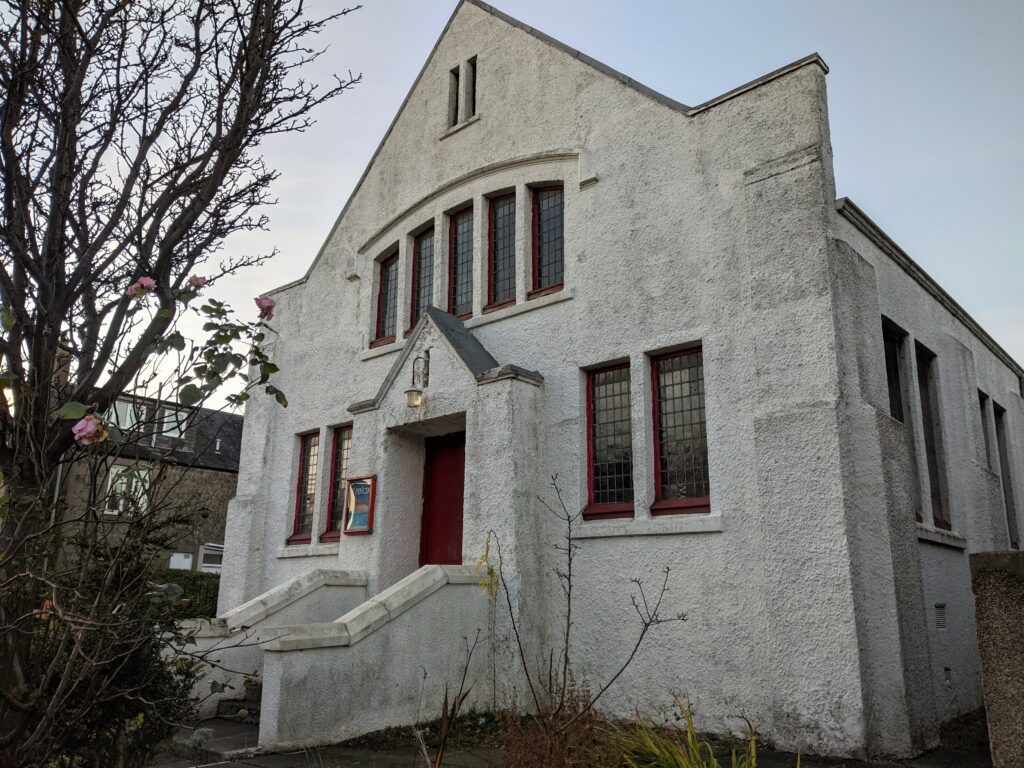
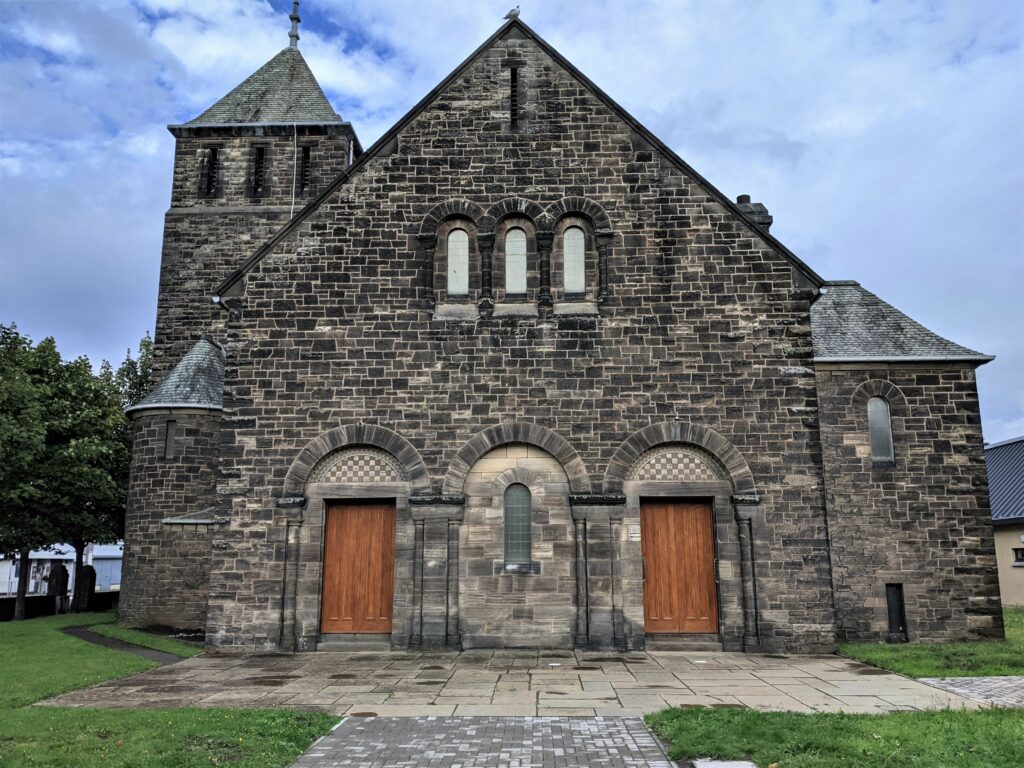
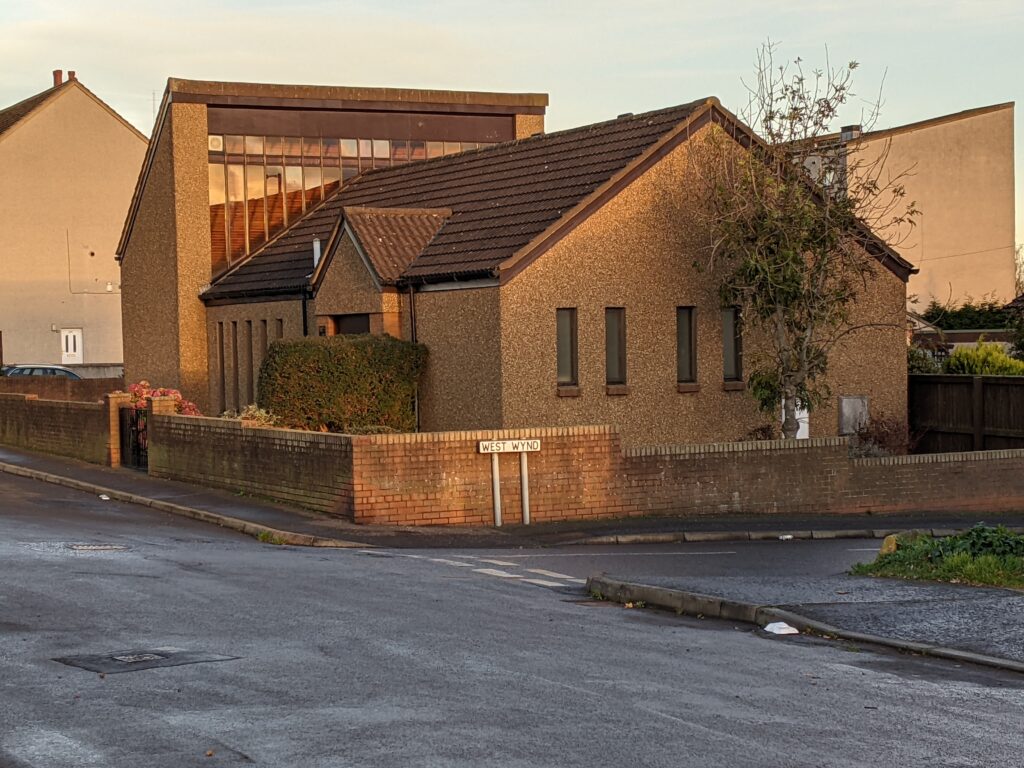
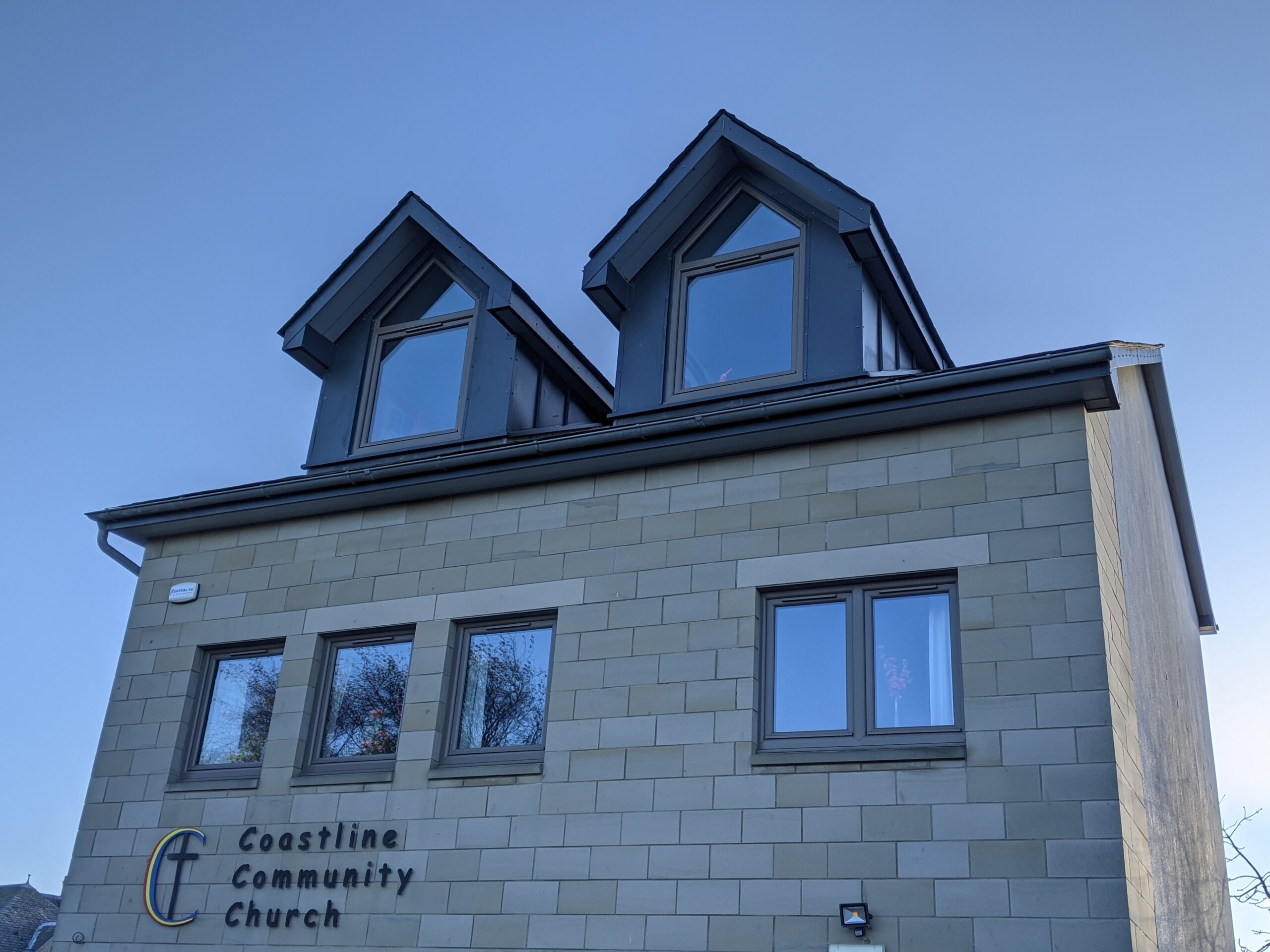
Learn More
Navigate to the Sacred Sites and Historic Parishes sections for an in-depth exploration of Ruined Churches in Fife.
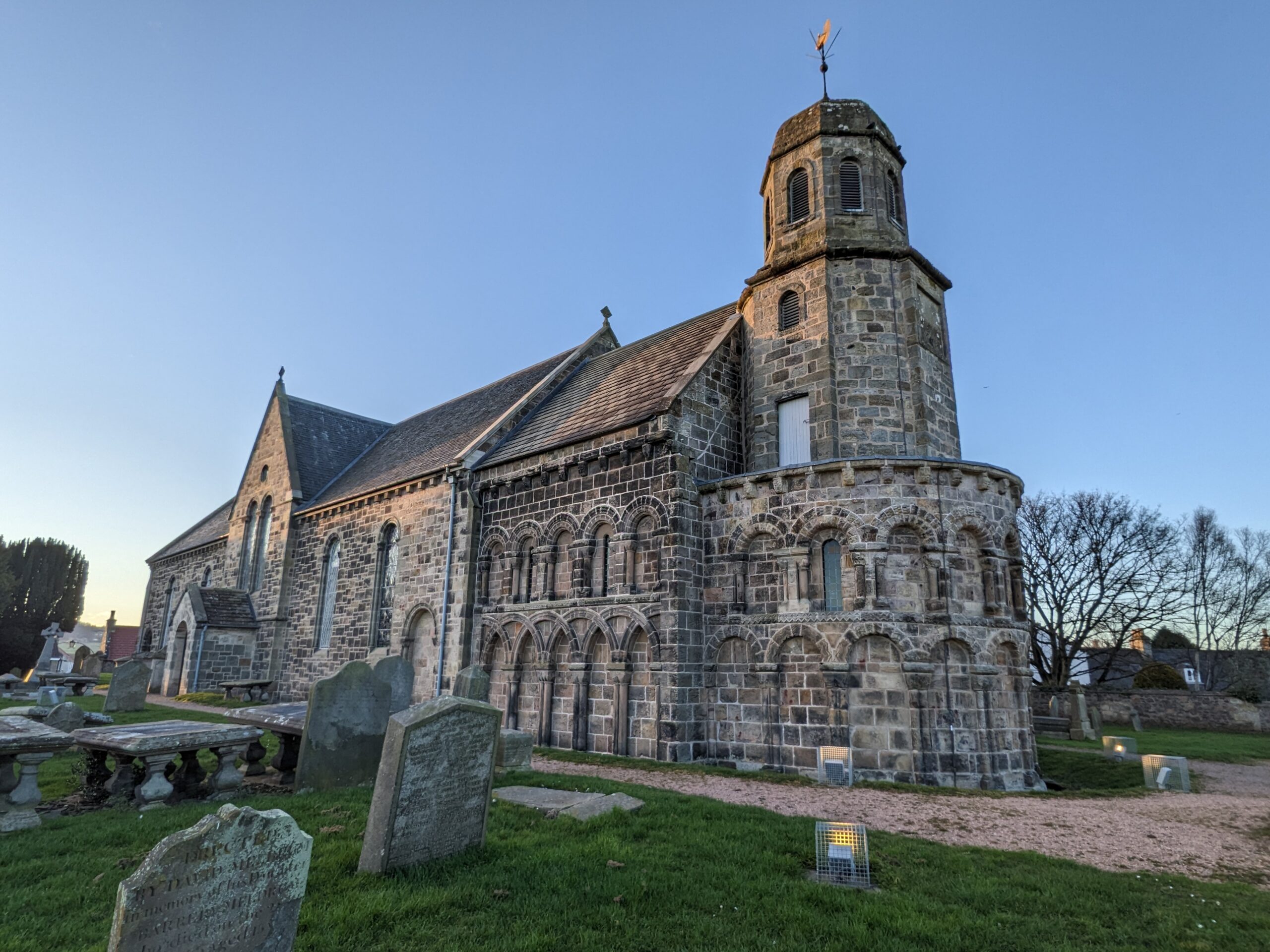
Medieval Churches
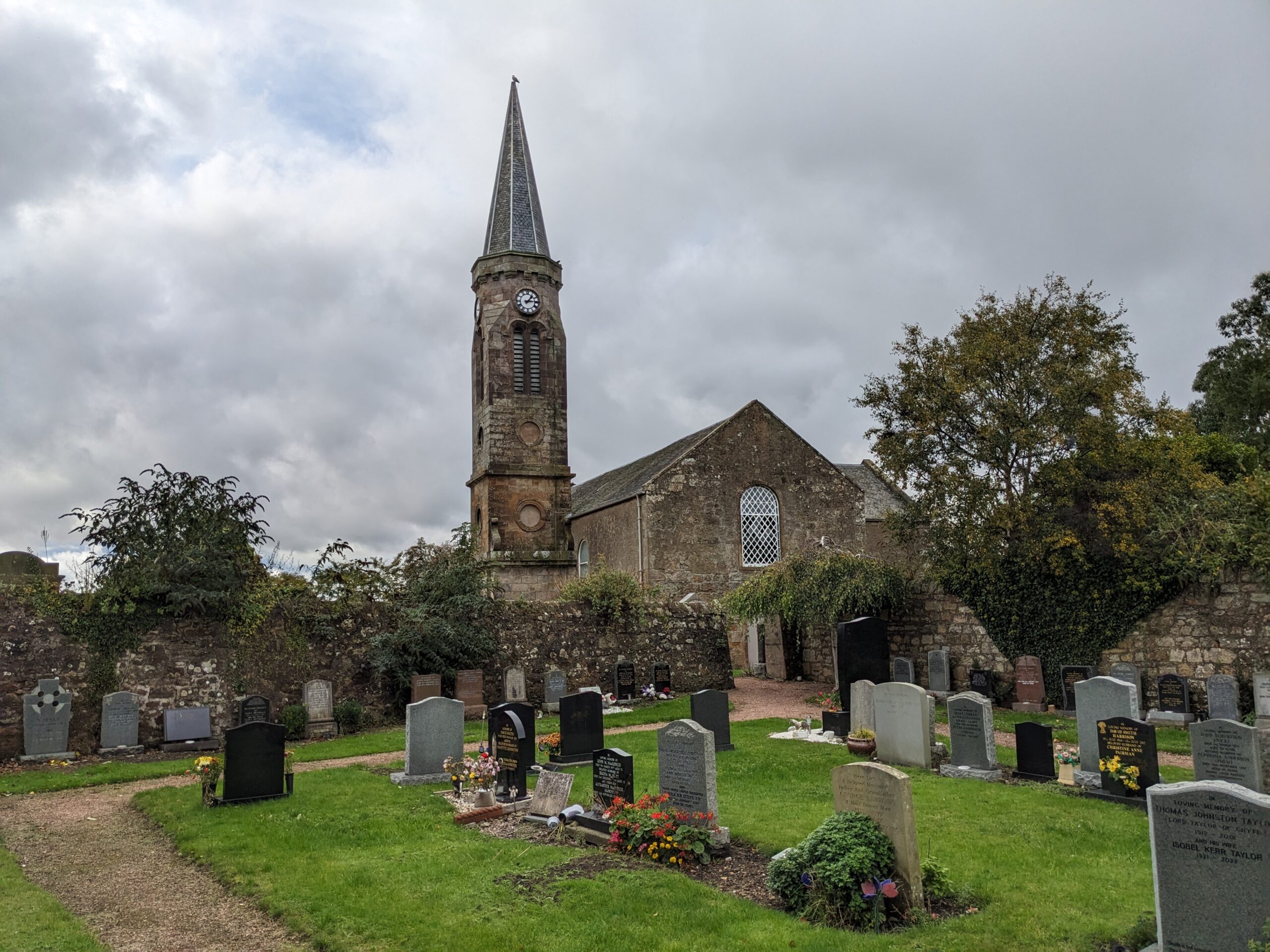
Early Modern Churches
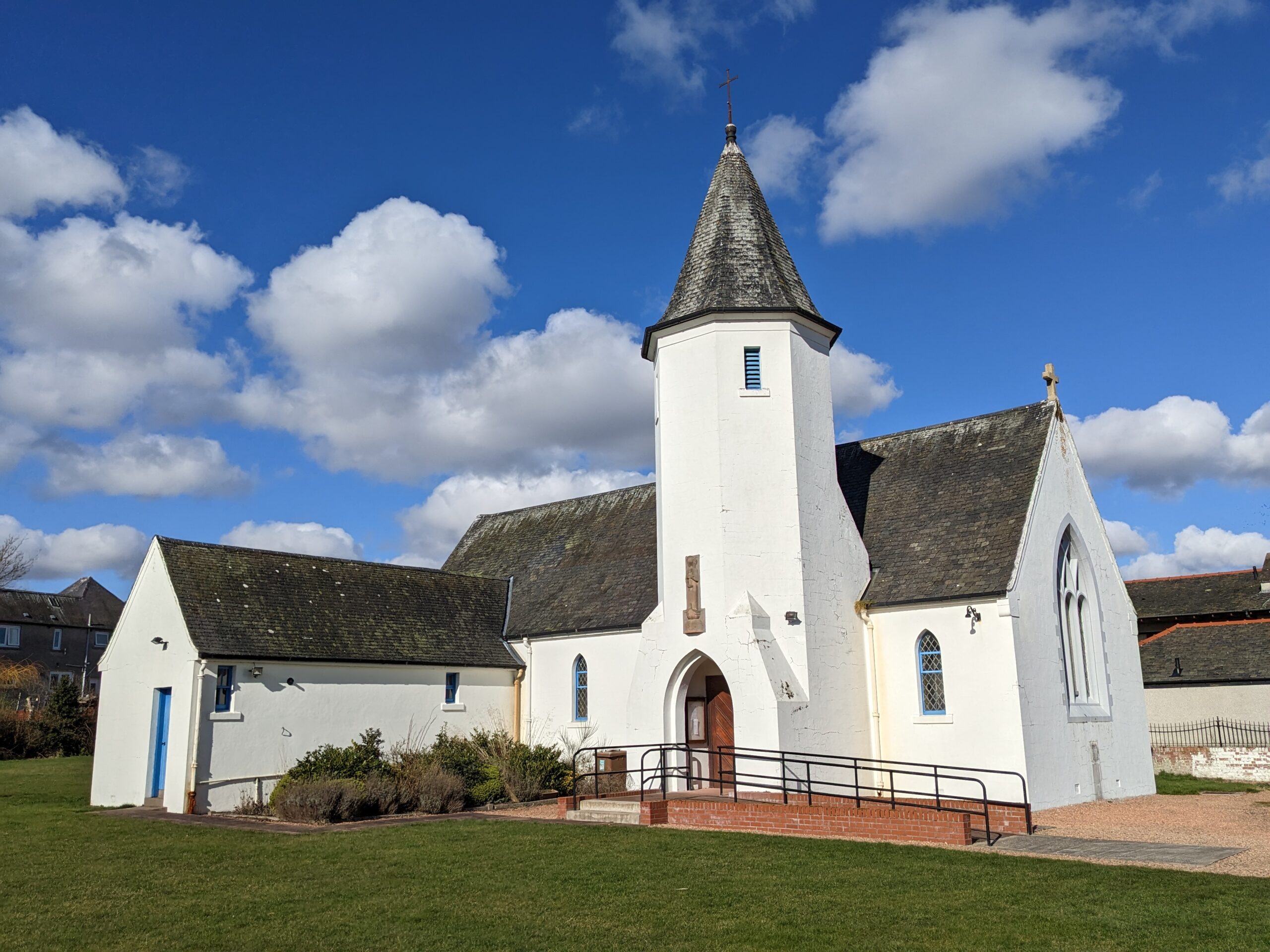
Post-1900 Churches
Explore More Galleries
Expand your horizons and explore other galleries for a broader glimpse into the diverse array of churches from various periods awaiting discovery.
